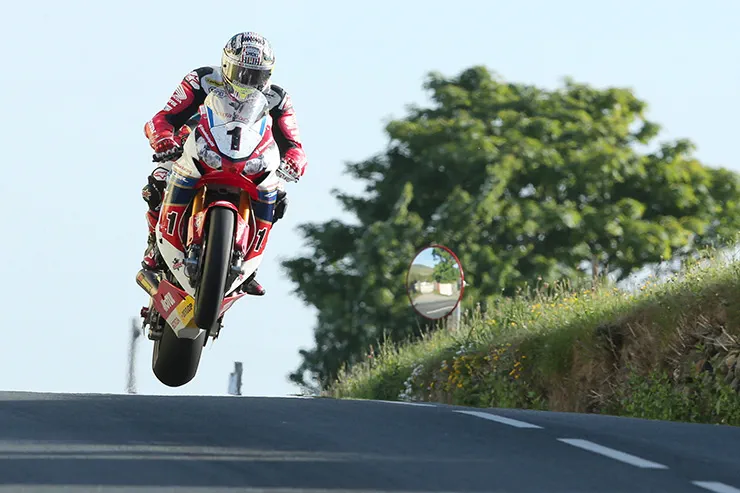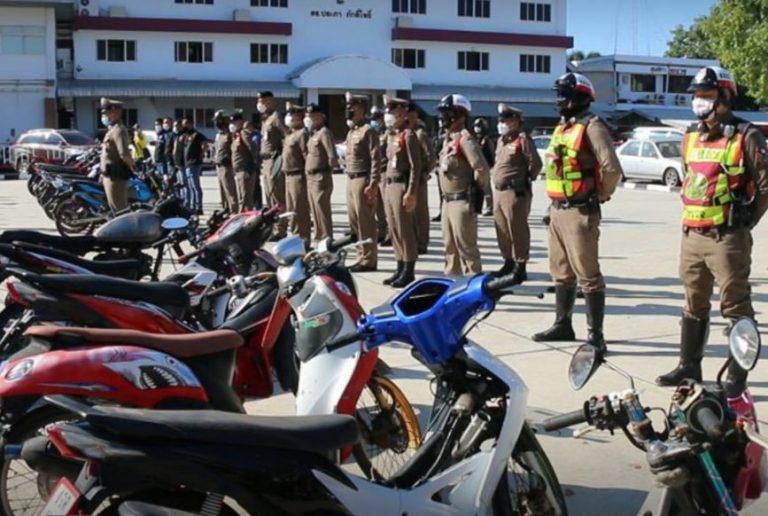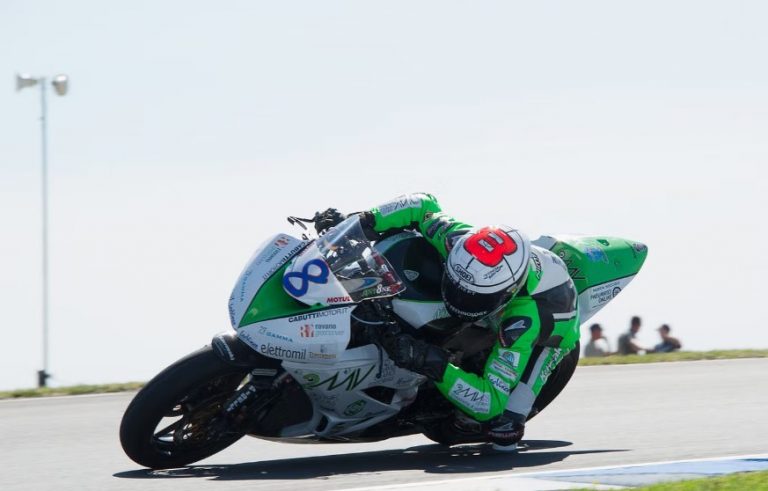Riding a motorcycle in the rain is challenging no matter where you are in the country. Even though riding in the rain increases the risk of an accident, every motorcyclist will have to ride in the rain at some point. If you want to ride in the rain or on slick roads, it’s important to keep a few safety tips in mind. Tips and suggestions for motorcyclists to use when riding in the rain or on wet roads are provided in this blog.
Don’t splash around in puddles; it may seem like fun, but you could end up with some pretty serious injuries. Water makes it nearly impossible to gauge the depth of a pothole, making it risky to ride a motorcycle through them. Worst case scenario is you lose control of the bike and crash into a pothole, damaging the front wheel and/or suspension. Keep your wits about you and your eyes on the road if you’re out on a motorcycle in the rain; if you absolutely must ride through a pothole, do so only after waiting a few minutes and observing how other drivers handle the situation. Keep your bike upright and your throttle steady after observing their path.
Keep an eye out for things that reflect light, like painted walls, cat’s-eye reflectors, and tar snakes: These shiny surfaces may seem safe for your motorcycle when dry, but they become significantly more hazardous when wet. Tar snakes, which are difficult to spot from a moving vehicle, are more slippery after a rainstorm. Take it easy and let your tyres find traction on the tar snakes. Keep an eye out for oil spills that turn the road a rainbow of colours; these are the most dangerous because they are more likely to cause you to slip and fall.
It’s best to wait a while before getting back on your bike after it rains. The roads are at their most dangerously slippery right after it starts raining, so be extra careful. All that oil, dirt, and brake fluid that washes onto the roads just before it rains gets soaked up once it actually does rain. The rain brings these to the surface, where they form a slippery film on the water. These slippery tyres will increase your motorcycle’s skidding potential. The most effective method of evasion is to hold off until the next rainstorm washes away the dust and grime. Make sure to take it easy and maintain a safe distance between you and the car in front of you if you must venture out in the rain.
On a rainy day, you might see people riding on the wet side of the lane even though the space next to it is dry. Having water between your motorcycle tyre and the road decreases traction. It’s best to stick to the dry lines left by the tyres of the car in front of you whenever possible. You can drive more confidently in the rain on the dry pavement because of its better traction.
Also Read: How to Ride an E-Bike
Invest in appropriate clothing: If you must venture out on a wet day, your comfort and safety will be greatly enhanced if you are outfitted appropriately for motorcycle riding. Having the proper motorcycle gear and bike accessories can make a huge difference in the event of an accident. Waterproof motorcycle gloves, biker rain suits, waterproof riding jackets, motorcycle gloves, motorcycle goggles, and motorcycle rain pants are just some of the many types of motorcycle riding gear available. Wearing bright clothing with reflective surfaces will help other drivers see you in the rain. Additionally, a breath guard, anti-fog visor, or electric defrost functionality in your motorcycle helmet are all essential safety features. Your helmet may fog up if it gets wet outside. The visor of the helmet doesn’t fog up, so you can see better in the rain. Always make sure you have a place to store your phone, electronics, and other valuables that is protected from the rain. They say “it’s better to be safe than sorry,” and that maxim certainly rings true.
Motorcycle riders, especially those riding in wet climates, should check the pressure and condition of their tyres frequently. Tire treads should be checked regularly because worn motorcycle tyres lack the grip and traction needed to stop on wet roads. Check the tread to see if there is still enough for riding in the rain.
To brake is to do something: The ability to brake smoothly and gradually is crucial. Stay off the front brake when leaning into a turn. A motorcycle’s tyres have poor traction to begin with, and it becomes even worse when the road is wet. Even on wet roads, the front brake has more stopping power than the rear brake, despite the common misconception that the opposite is true. It’s best practise to use both the front and rear brakes together. On a wet road, the best weight distribution is 50/50 in the front and back for a cruiser, and 80/20 in the front and back for any other type of motorcycle. The cyclist should test the functionality of the brakes on short rides in the rain.
Also Read: Crotch Rocket Motorcycle Death Statistics




